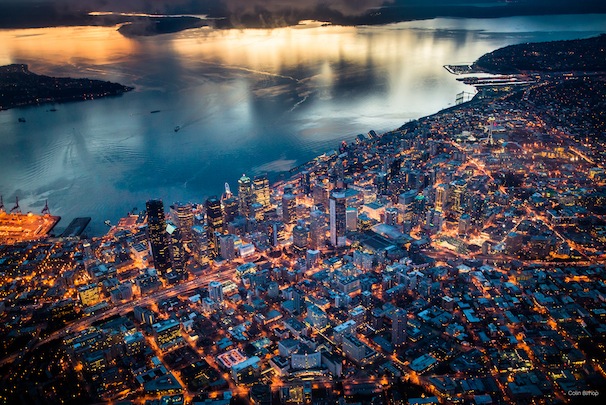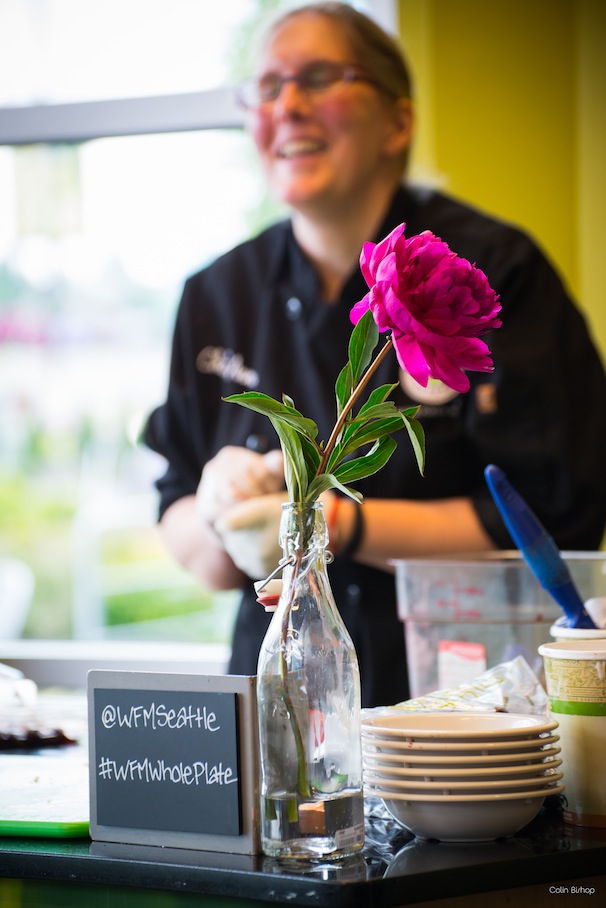10 Tips for a Successful Photo Shoot
 Prior to starting my internship at Curator, I spent much of my time as a freelance photographer and photographer assistant, which led me to participate on numerous shoots for Microsoft, Kontent Partners, Redhook, Tom Bihn, Shep Films and the Pan Pacific Hotel. Through these experiences I learned a great deal about what it takes to have a successful photo shoot. Below are my top 10 tips I learned from practical experience and seminars.
Prior to starting my internship at Curator, I spent much of my time as a freelance photographer and photographer assistant, which led me to participate on numerous shoots for Microsoft, Kontent Partners, Redhook, Tom Bihn, Shep Films and the Pan Pacific Hotel. Through these experiences I learned a great deal about what it takes to have a successful photo shoot. Below are my top 10 tips I learned from practical experience and seminars.
Research, Research, Research
With any visually centric project, it is imperative to do your research. No matter what you’re shooting, if you don’t understand the client, publication, story, or product, your photographs will reflect that. With many shoots you may be alone, therefore doing as much research prior to the shoot you can do means the more literate you will be when meeting with the client.
Plan Ahead
A photo shoot can be ruined because of numerous factors, ranging from the weather, to knowledge (or lack thereof) of the location. If possible, it is important to scout the location a day or two prior to the shoot and be up-to-date on current weather reports, because at a moments notice a storm cloud could rob you of your light and ruin any dynamic lighting that may have occurred. It also helps to have a detailed “shot list” that you can rely on for back up shot ideas when lighting and other elements don’t work in your favor.
Understand Your Capabilities and Limitations
Certain projects require more elaborate equipment like external lighting, camera rigs, a higher resolution camera, or on-site postproduction tools. However, investing in more gear, lenses, or lighting gets extremely expensive, and fast. It can be beneficial to get acquainted with rental services such as rentglass.com, lensrentals.com, or Glazers camera in Seattle.
Lighting is Everything
To be able to control and modify light is a key skill in photography. Light creates mood, drama, and a sense of place. The best times to shoot with dramatic lighting are either early morning at sunrise or at sunset. Shooting during mid-day is the worst time to shoot because the amount of light will wash out the colors and over exposes the sky. Ways to get around shooting in mid-day is to find shade, or a way to obscure the light in a way that creates a dynamic contrast.
Packing the Right Gear
After a while, being a photographer means you’ll accumulate gear, and I've found that more gear means more problems. While you spend time thinking about what lens to use or what flash setup you want, the other guy with less equipment is getting the job done faster and cheaper. I've found it to be effective to have two camera bodies (if possible), both serving different functions – one may have a telephoto whereas the other camera is outfitted with a wide angle zoom. For slower and more planned shoots, it is always good to have a back-up camera just in case your primary fails.
Create a Visual Narrative
Photography is an informed, forced perspective. The photograph may address the heart of a story or idea. It may be the peak of an action or a subtle reflection, but it provides understanding to a narrative. Keep the initial narrative at the front of your mind while shooting to keep your photos informed and help develop the sense of feeling you’re trying to elicit.
Break the Rules
Every photographer knows about how to frame an image. Whether it’s the using the rule of thirds or the golden ratio, photographers tend to like to stay within in these confined rules. It is important to break these rules and find an angle or shot that is ‘interesting.’ A photo that catches the eye is much more valuable than a mediocre image that’s well balanced and framed.
Familiarize Yourself
One of the most important lessons I learned from a National Geographic Seminar given by Ami Vitale and Melissa Farlow is to settle in and get to know the people and the space in which you are photographing. It’s not so much about getting yourself comfortable as it is about getting your subjects comfortable with your presence. Many photographers treat an outing or a shoot like they’re at a zoo, which in turn makes the subjects feel uncomfortable. Before taking your camera out, make time to connect with those around you, allow them to familiarize with you and in turn your photos will yield better and more natural results.
Edit Tight
The hardest part with anything we do is divorcing from something we spent time on or personally “love.” It is true with writing and it is true with photography. Even though you may love a specific photo, it may not be the right one for the client. Always keep this in mind when narrowing down your final products.
Give Something Back
It is always a great idea to share a print with your subject or client. This can be just as effective, if not more than a thank you note.
